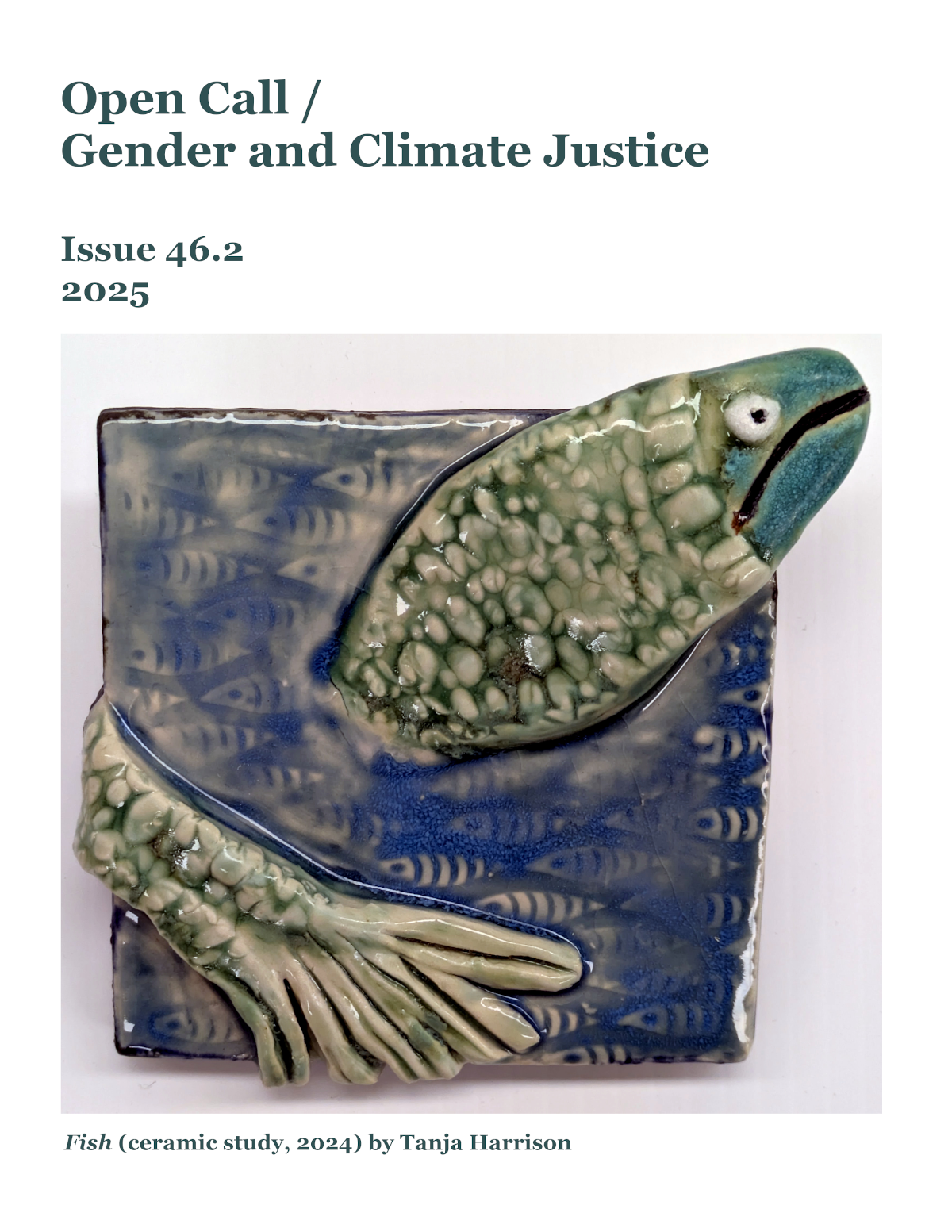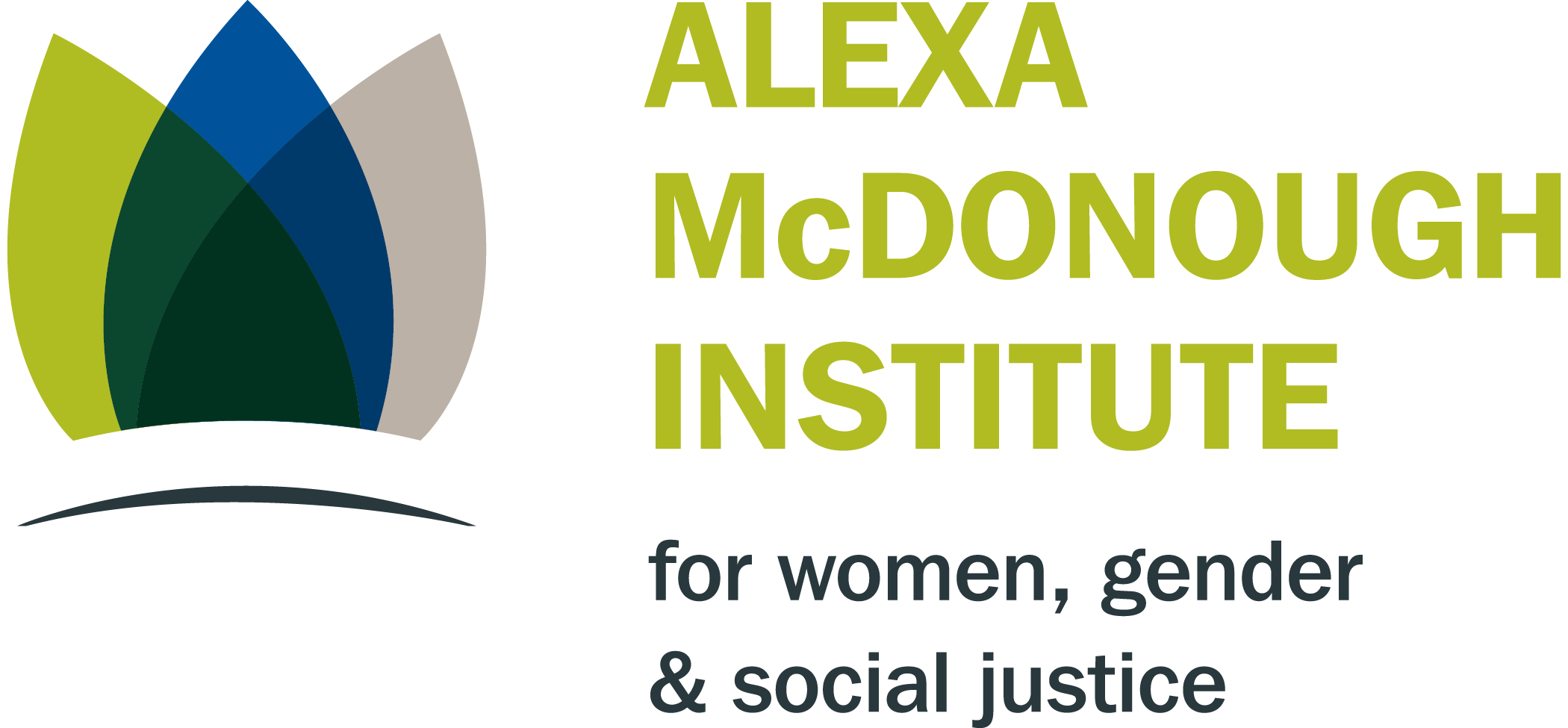“Coming In” to Queer Psychology
The Value of Blending Queer Theory and Psychology in Critical Autoethnography
Keywords:
LGBTQ+, Queer theory, psychology, autoethnography, queer pedagogyAbstract
This commentary reflects upon an Honours thesis undertaken in 2024-2025 to analyze the subjective experience of coming out in adulthood through critical autoethnography. The method used, which blends autobiography with ethnographic observation, was rooted in psychological frameworks and drew upon queer theory—a scholarly perspective that challenges and attempts to disrupt heteronormative assumptions of gender and sexuality—to analyze the first author’s experience of changes in sexual orientation in her thirties. The authors discuss the challenges, and ultimate benefit, of interweaving psychology, which tends to be grounded in positivist and structured views, with queer theory, which promotes fluidity and resists established norms. Sharing their unique perspectives, each author contributed to this essay from their respective discipline, highlighting the possibilities that appear when holding two seemingly opposing theoretical tensions; not just in understanding experiences of diversity among sexual orientation identities, but also in questioning the traditional boundaries of research and the complexity of human experience. As researchers who are also part of the queer community, the authors found great value in queering psychology scholarship, supporting a need for diverse representation within academia.
References
Butler, J. 2007. Prohibition, Psychoanalysis, and the Production of the Heterosexual Matrix. In Gender Trouble 1st ed. 47–106. Oxfordshire: Routledge. https://doi.org/10.4324/9780203824979-4
Erickson, R. J. 1995. “The Importance of Authenticity for Self and Society.” Symbolic Interaction 18(2):121–144. doi.org/10.1525/si.1995.18.2.121
Jones, L. 2019. “‘The fact they knew before I did upset me most’: Essentialism and Normativity in Lesbian and Gay Youths’ Coming Out Stories.” Sexualities 23(4): 497–515. doi.org/10.1177/1363460719830343
Minton, H. L. 1997. “Queer Theory.” Theory & Psychology 7(3):337–353. https://doi.org/10.1177/0959354397073003
Poulos, C. N. 2021. Essentials of Autoethnography. Washington, DC. American Psychological Association. doi.org/10.1037/0000222-000
Rich, A. C. 2003. “Compulsory Heterosexuality and Lesbian Existence (1980).” Journal of Women’s History 15(3): 11–48. doi.org/10.1353/jowh.2003.0079
Rosenberg, S. 2017. “Coming In: Queer Narratives of Sexual Self-discovery.” Journal of Homosexuality 65(13): 1788–1816. doi.org/10.1080/00918369.2017.1390811
Rust, P. C. 1993. “‘Coming Out’ in the Age of Social Constructionism.” Gender and Society 7(1): 50–77. doi.org/10.1177/089124393007001004
Wright, A. 2025. The Inside of Coming Out: A Critical Autoethnography of Sexual Identity Transformation in Adulthood. Honours Thesis. MSVU e-Commons. https://ec.msvu.ca/items/368ef775-a2fc-4f4a-8fb3-fd0895c3f161
Downloads
Published
Issue
Section
License
Copyright (c) 2025 Alicia Wright, Phillip Joy, Conor Barker

This work is licensed under a Creative Commons Attribution 4.0 International License.
Authors who publish with this journal agree to the following terms:
1. Authors retain copyright and grant the journal right of first publication, with the work simultaneously licensed under a Creative Commons Attribution 4.0 International License that allows others to share the work with an acknowledgement of the work's authorship and initial publication in this journal.
2. Authors are aware that articles published in Atlantis are indexed and made available through various scholarly and professional search tools, including but not limited to Erudit.
3. Authors are able to enter into separate, additional contractual arrangements for the non-exclusive distribution of the journal's published version of the work (e.g., post it to an institutional repository or publish it in a book), with an acknowledgement of its initial publication in this journal.
4. Authors are permitted and encouraged to preprint their work, that is, post their work online (e.g., in institutional repositories or on their website) prior to and during the submission process. This can lead to productive exchanges, as well as earlier and greater citation of published work. Read more on preprints here.







